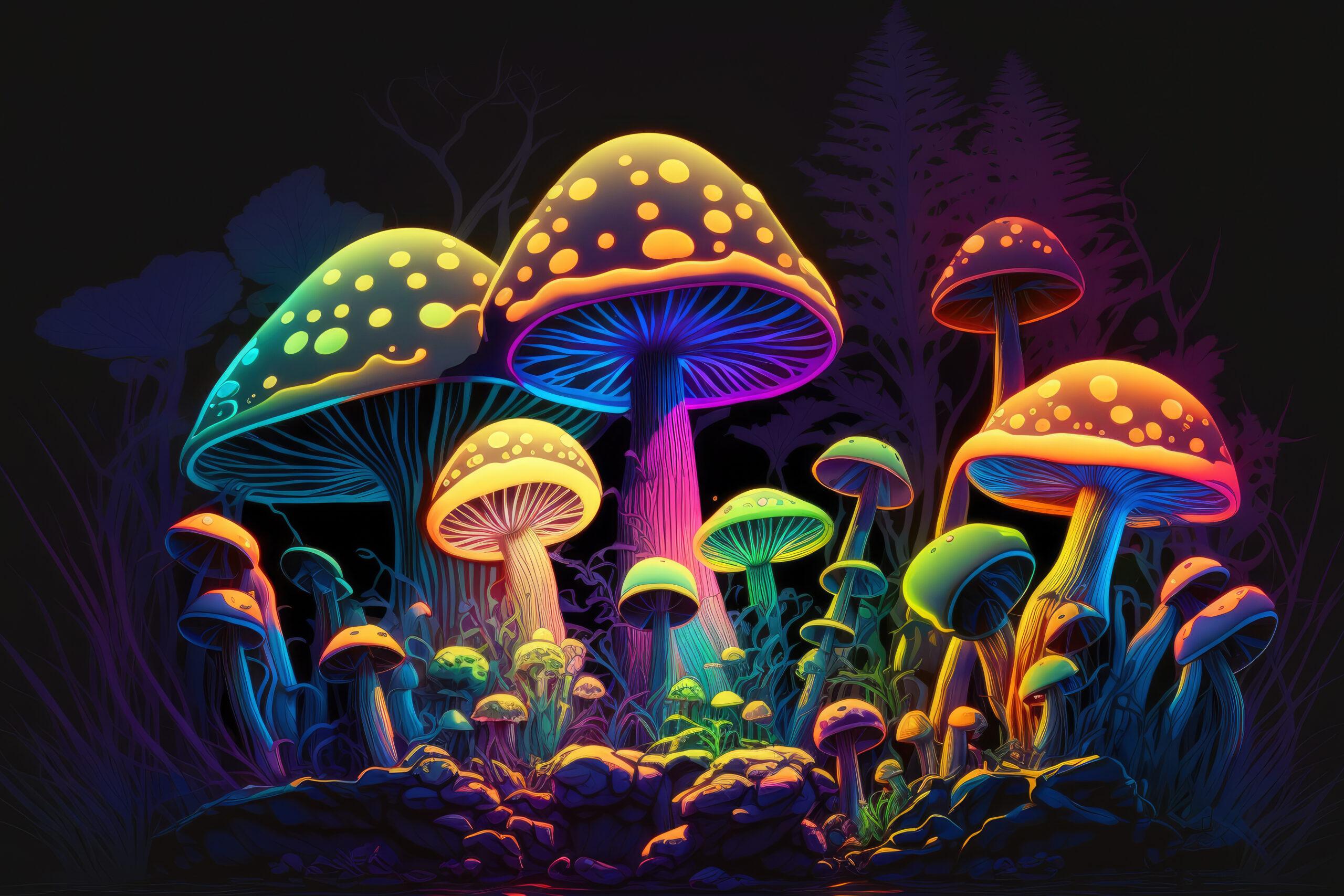The psychedelic experience has been described as ineffable—it is beyond words. Psychedelics have long been thought of as substances that open the doors of perception. These days, the Multidisciplinary Association for Psychedelic Studies (MAPS) is researching the effectiveness of psychedelic interventions for treating a range of mental health challenges, including post-traumatic stress disorder, anxiety disorders, eating disorders, and substance-use disorders.
Classical psychedelics include Lysergic Acid Diethylamide (LSD); Psilocybin (Magic Mushrooms); and Dimethyltryptamine (DMT), which is found in Ayahuasca. Methylenedioxymethamphetamine (MDMA, Ecstasy) has a different chemical structure than the classical psychedelics and acts on different receptors in the brain. It can be thought of as an Empathogen or an Entactogen, which means that it enhances feelings of connectedness, empathy, and emotional openness, without the hallucinogenic effects commonly experienced with classical psychedelics.
Every psychedelic experience is unique. The journey may include changes in perception, emotion, cognition, and sense of self. Perceptual effects include visual imagery, hallucinations, and color/sound/light intensity. Emotional effects include becoming more sensitive and experiencing emotions with more intensity. Cognitively, the experience itself is a trip—it takes the user into an altered state of consciousness that enables them to engage with their thought process on an entirely different dimension.
These effects have an incredibly wide range, and the way in which they manifest depends on the dose, set, and setting. Set refers to a person’s mindset prior to the experience. The psychedelic experience will be shaped by whatever is going on in a person’s life, their reality. Setting refers to the environment in which the experience takes place, which includes the therapist/doctor/shaman who is present during the experience, as well as the general environment and ambiance.
In recent years, interest in the psychedelic experience has exploded. These substances are becoming destigmatized, and their use is commonly discussed, encouraged, and celebrated in the mainstream. However, despite the many positive and promising aspects of psychedelic use, it’s important to proceed with caution. Not everyone is a candidate for these experiences, based on factors that include biology, family history, and both physiological and mental health conditions. Therefore, a person’s consideration for whether or not to embark on a psychedelic experience should begin with a formal evaluation. Also, since set and setting are essential aspects of the psychedelic experience, anyone interested in pursuing psychedelics for therapeutic reasons should—after being evaluated and cleared—do so under the guidance of a knowledgeable, well-trained, and experienced facilitator. The fact that most psychedelics remain illegal in the U.S. is another important consideration for anyone interested in these substances to keep in mind.
Research on the effects and therapeutic benefits of psychedelics is ongoing, and the years to come will likely introduce more possibilities and notes of caution regarding psychedelics and their potential. At Evergreen Therapy, we are trained and experienced in providing a harm-reduction approach to psychedelic preparation and integration (learn more about that here). As professionals who are fascinated by the potential of these substances and committed to providing ethical and effective therapy, we balance our excitement about what psychedelics can offer with firm and mindful attention to the element of safety.



